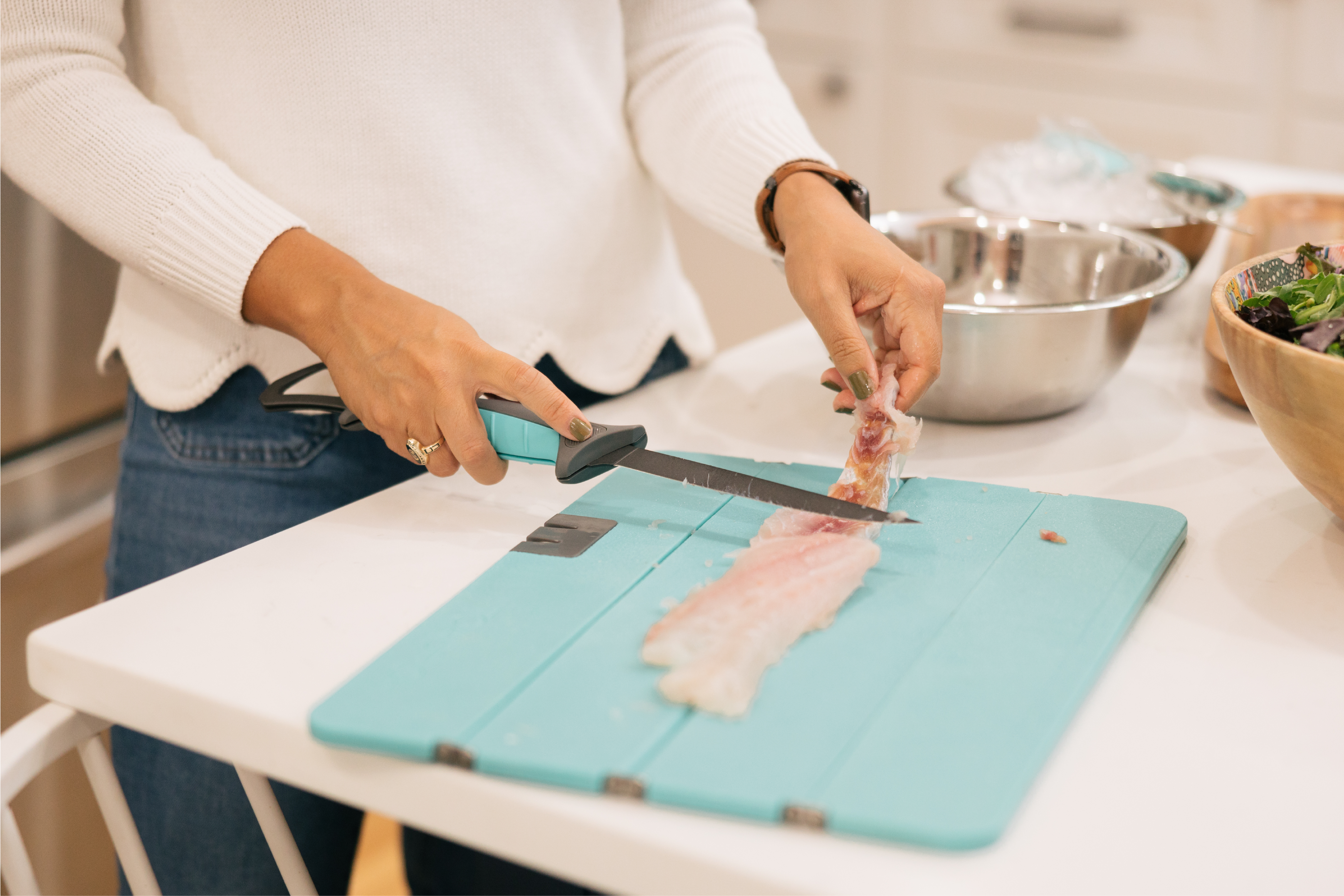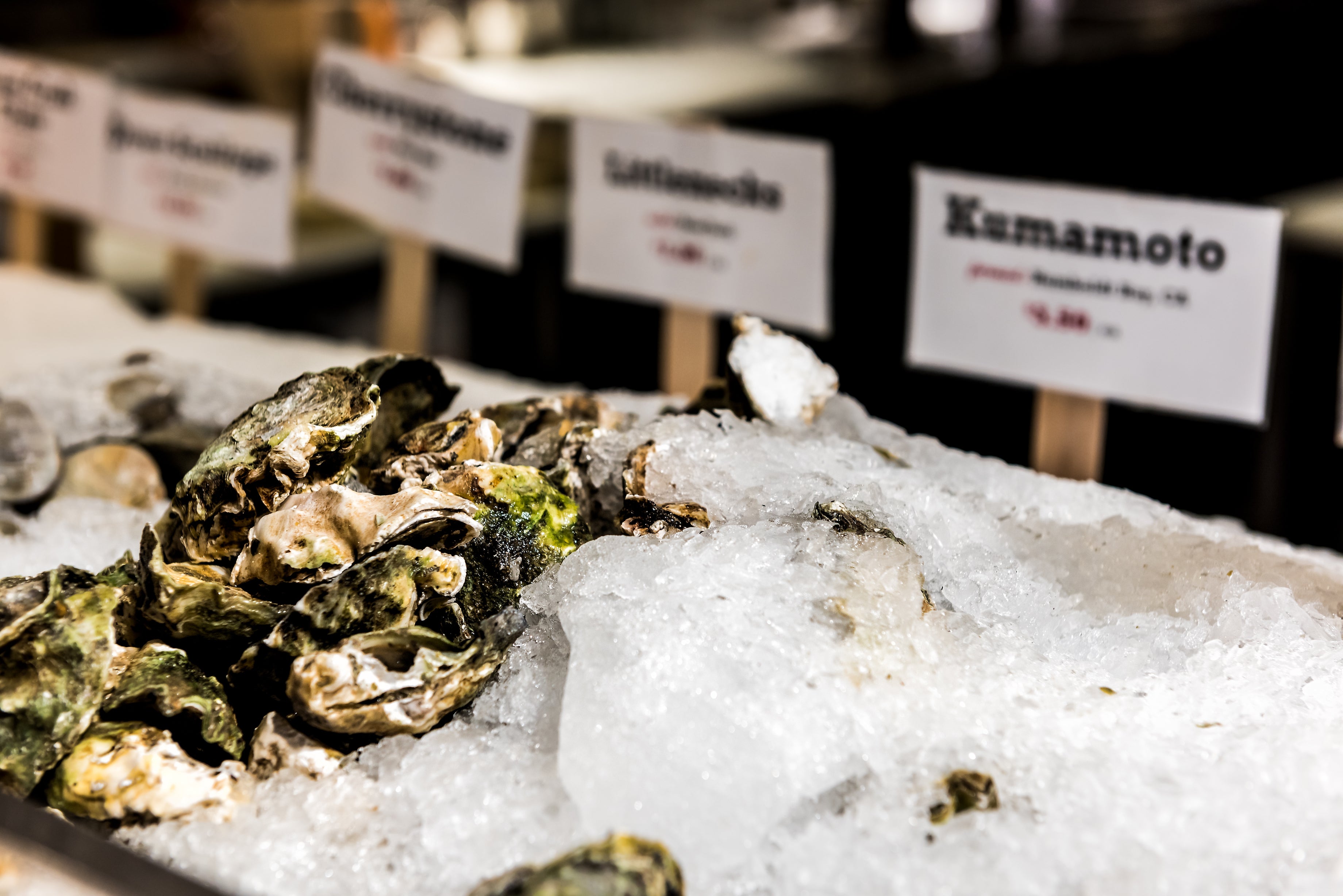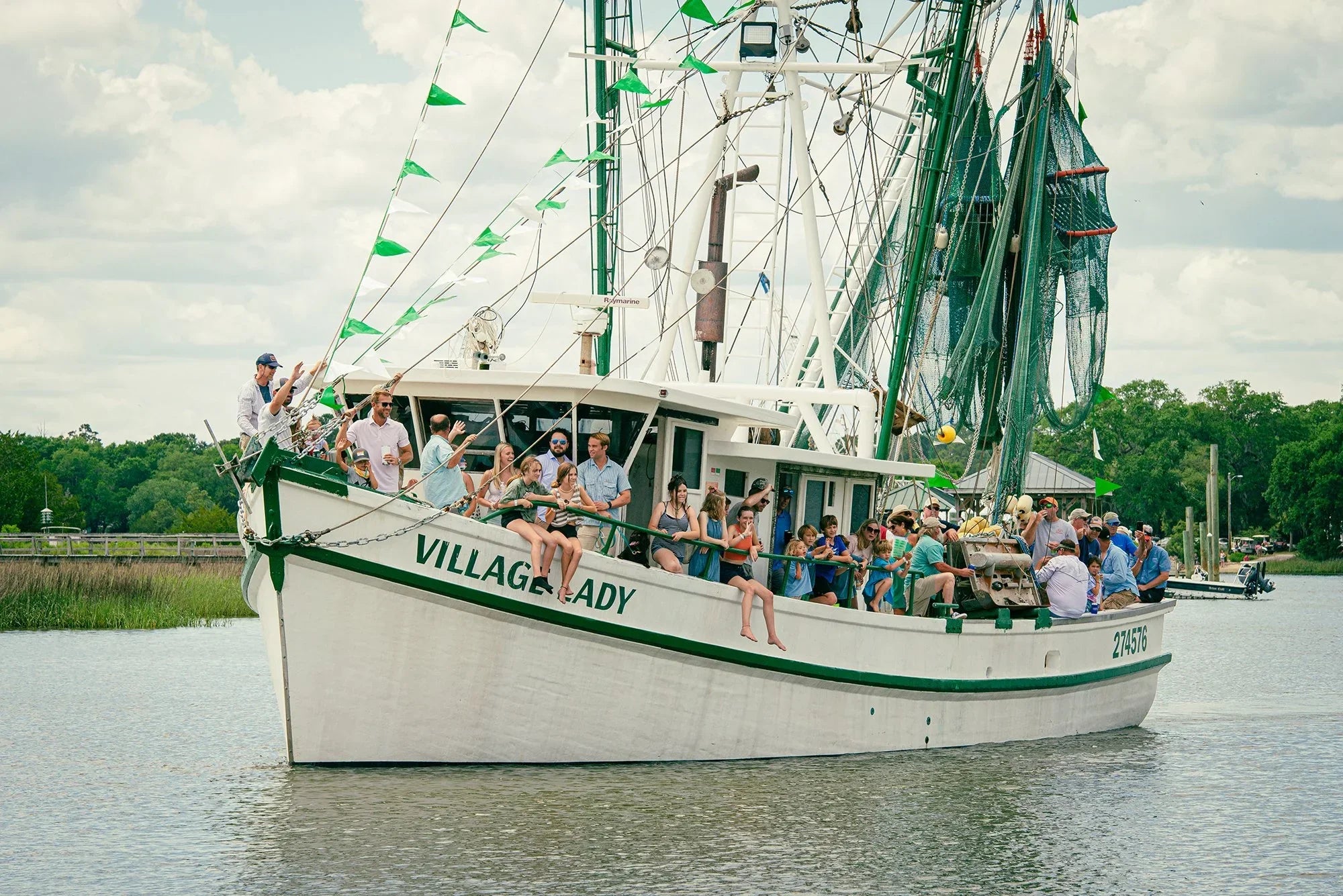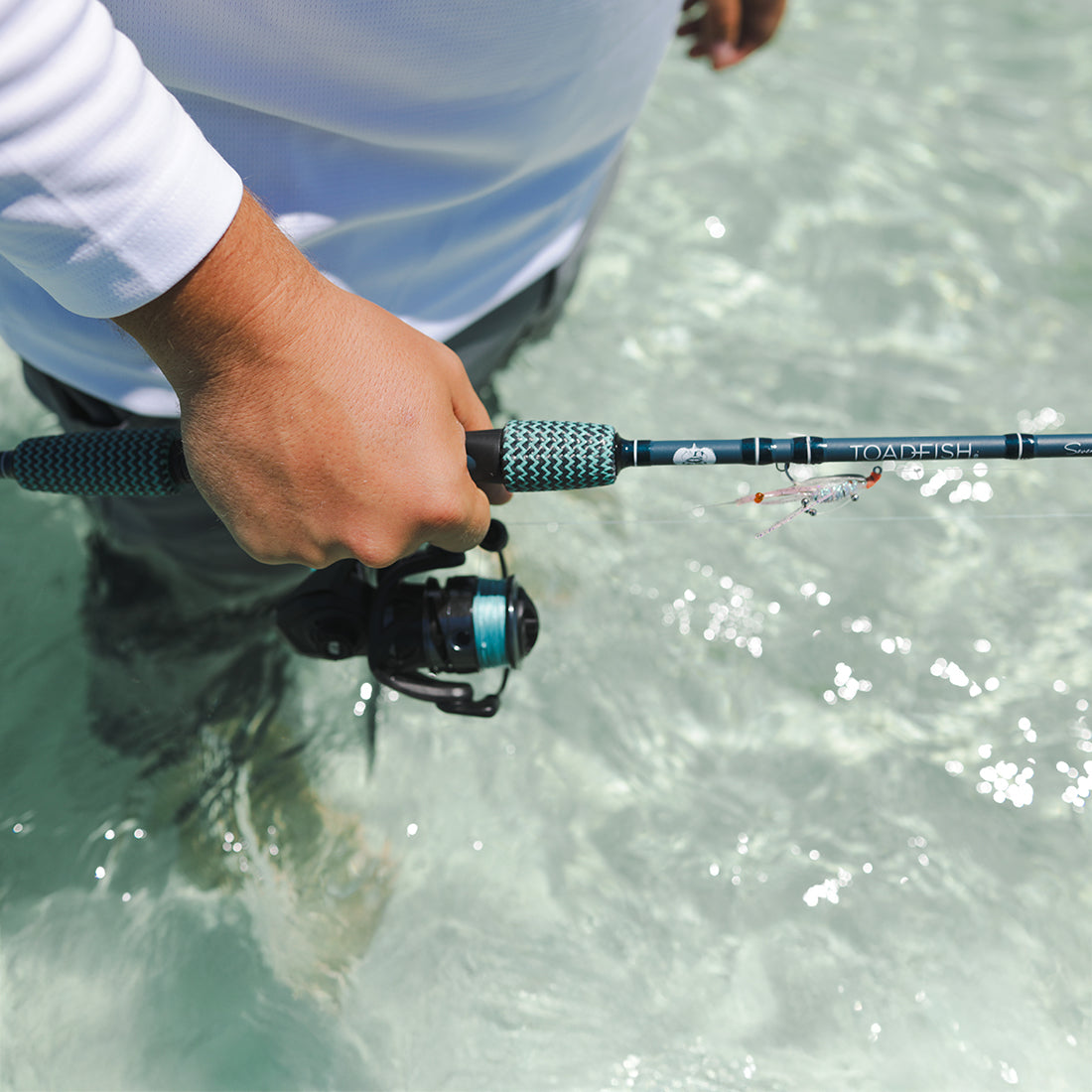Coastal kitchens have the unique opportunity to incorporate sustainable practices that not only benefit the environment, but also support local communities and freshen up the flavors in your meals. Whether you live by the beach or just love cooking with seafood, there are several simple ways to make your coastal kitchen more sustainable.
From reducing food waste to choosing sustainable seafood, these practices will not only reduce your environmental impact, but also improve the taste and quality of the food you prepare.
In this blog post, we'll explore 5 easy ways to incorporate sustainable practices into your coastal kitchen, so you can enjoy delicious meals while feeling good about your impact on the environment.
Method #1: Reduce Food Waste
Food waste is a major environmental issue since it adds to greenhouse gas emissions, deforestation, and pollution. In fact, it is estimated that one-third of worldwide food production is wasted each year. Not only is this a waste of vital resources like water, land, and energy, but it also adds to food insecurity.
In the coastal kitchen, reducing food waste can be particularly important because of the abundance of fresh seafood and produce. Here are some tips for reducing food waste in your kitchen:
- Meal planning: Plan out your meals for the week and develop a grocery list depending on what you need before going grocery shopping. This can help you avoid purchasing more food than you need and lessen the likelihood of food waste.
- Composting: Composting is an excellent method for converting food leftovers into nutrient-rich soil. This can also limit the quantity of organic waste that winds up in landfills, where methane, a potent greenhouse gas, is produced.
- Leftovers: Be creative with your leftovers by changing them into new dishes. Leftover seafood, for example, can be utilized in a seafood chowder or a seafood salad.
- Food preservation: Methods such as freezing, canning, and pickling can help extend the life of fresh produce and seafood. This will allow you to enjoy them later in the season, when they are scarce.
By implementing these simple steps, you can reduce your food waste, save money and help protect the environment.

Method #2: Use Local Ingredients
Using local and seasonal ingredients is a great way to lessen transportation's environmental effect, support local farmers, and enjoy the freshest and most tasty ingredients.
When ingredients are cultivated locally, they do not have to travel large distances to reach your kitchen, lowering your food's carbon footprint. Furthermore, by assisting local farmers, you may help to build the local economy and promote sustainable farming techniques.
Here are some tips for finding and using local and seasonal ingredients in your coastal kitchen:
-
Visit farmers markets: Visit your local farmers market to find fresh, locally-grown produce and seafood. Not only you will be able to talk to the producers and learn about their farming practices, but also you will be supporting local farmers.
-
Join a CSA (Community Supported Agriculture): A CSA allows you to purchase a share of a local farm's harvest and receive a regular delivery of fresh produce and seafood.
-
Check the labels: When buying seafood, check the labels to see where the seafood comes from. Consider buying seafood that is caught or farmed locally or in your region, as it will be fresher and have a smaller carbon footprint than seafood that is imported from faraway places.
Method #3: Choose Sustainable Seafood
Seafood is a staple in many coastal restaurants, but overfishing and unsustainable fishing practices can have serious environmental consequences. Overfishing can deplete fish populations, disrupting marine ecosystems, and unsustainable fishing techniques can harm marine environments such as coral reefs.
Here are some recommendations for choosing sustainable seafood to ensure that the seafood you consume is sustainable:
- Look for certifications: Look for certifications such as the Marine Stewardship Council (MSC) or the Aquaculture Stewardship Council (ASC) which indicate that the seafood was caught or farmed in an environmentally-friendly manner.
-
Eat a variety of seafood: Eating a variety of seafood helps to spread the demand for different species and reduces the pressure on any one population. This can also help you to discover new and delicious seafood that you might not have tried before.
-
Ask questions: When buying seafood, ask your fishmonger or grocer about the origin and method of catch of the seafood. This can help you make more informed choices about the seafood you buy.
Method #4: Invest in Durable and Sustainable Kitchenware
The kitchenware we use in our coastal kitchen can have a significant impact on the environment. Disposable and non-durable kitchenware can contribute to pollution and waste, and the manufacturing process for some kitchenware materials can also have a negative impact on the environment.
To reduce your environmental impact, consider investing in durable and sustainable kitchenware. Here are some tips:
-
Reusable containers: Instead of using disposable containers, invest in reusable containers made of glass, stainless steel, or silicone. These materials are durable, easy to clean and can be used for a long time.
-
Utensils: Consider using utensils made of sustainable materials like bamboo or stainless steel which are durable and can be used for a long time.
-
Recycled or repurposed kitchenware: Consider buying kitchenware made from recycled or repurposed materials, such as cutting boards made from reclaimed wood or utensils made from recycled plastic.
By investing in durable and sustainable kitchenware, you can reduce your environmental impact and create a more sustainable coastal kitchen. Not only it will be good for the environment but also it can be a cost-effective solution in the long run.
Conclusion
Incorporating sustainable practices into your coastal kitchen can have a positive impact on the environment and your local community, while also improving the taste and quality of your meals.
Remember that sustainability is not just a one-time thing, it's a continuous process, so start small and gradually increase your efforts as you become more comfortable.
Together, we can create a more sustainable coastal kitchen and help to protect our oceans, habitats, and communities.










Share:
How To Catch More Winter Redfish
Choosing the Best Spots for Inshore Saltwater Fishing
13 comments
pjrdes
dFVGiqIwhBJ
PyuYDitv
kgnfmZUHLqMSDb
nGzvadDCSWI